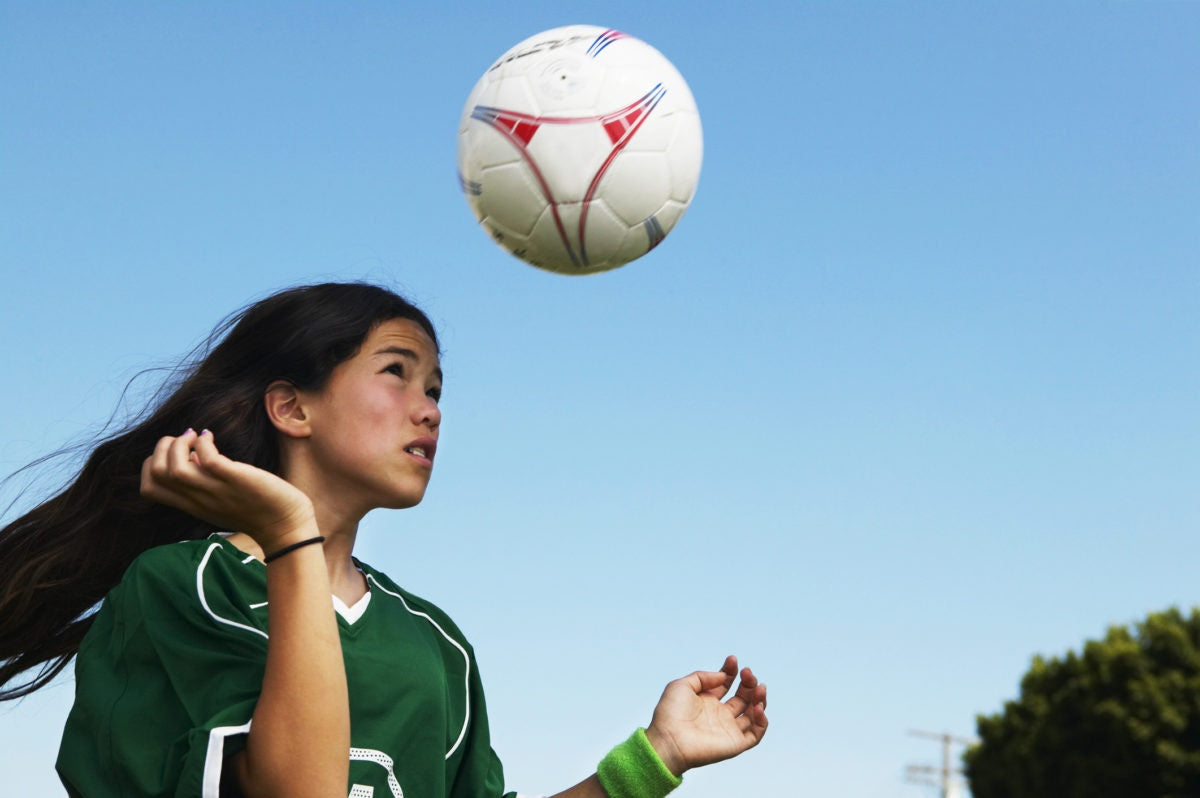I watched my daughter try to sign her name just above the signature line. She looked at me a little lost. I felt sorry for her and frustrated that she had not been prepared for something so simple. Cursive hasn’t been taught in my kids’ district in years.
They've become whizzes on computers, but what about something as simple as signing your name? It made me wonder if cursive was a thing of the past or something worth reviving. The current state of education certainly sparks heated arguement, but the role of cursive is ambiguous at best.
One thing we can all agree on: the role of cursive in modern education has changed.
Incorporating cursive into the curriculum had been on the decline, but we saw a drastic drop in 2010. With the implementation of more technology, there was a shift to more typing. But the rigorous classroom standards instigated by Common Core made things particularly challenging.
When a child is in school for six hours a day, that doesn't mean those six hours are allocated for traditional academics. You lose an hour of that for lunch and recess and likely a half-hour for transitions. Subtract 45 minutes for a special and another 15 for snack, and your six-hour day is down to four. And this is if everything goes smoothly. Something in the day had to go, and cursive was already questionable. It seemed like the obvious choice.
Education Week addressed this, specifically referring to an interview with Sue Pimentel, a lead writer for the Common Core Language Arts standards. In the interview she explained, “the decision was about priorities – and that learning to use technology took precedence.”
Not having enough room in the curriculum doesn’t outweigh the benefits of teaching cursive for many. While some argue to let cursive go similar to the way we abandoned the abacus and the slide rule for more modern instruments, we cannot ignore some of its benefits.
The ability to write one's signature remains at the forefront of the cursive debate. We cannot ignore the need to sign our name to documents. If education is preparing kids for life, are we doing them a disservice by eliminating this basic skill? Something as simple as voter registration becomes an issue for those that have never been taught how to sign their names.
Signatures lead directly to the second most common argument in favor: the inability to read historical documents. This argument is much more of a personal conviction than an official one, but it should not be ignored.
Some argue, however, that the ability to read cursive is a skill independent from the ability to write in cursive and could be taught in a 30- to 60-minute lesson.
The most surprising, and perhaps convincing arguments for cursive in the classroom have little to do with such specifics. They address the more general benefits: Cursive has the ability to teach fine motor skills, increase speed of writing, and aid in the creative process.
While this may seem like a lofty argument, it goes beyond generalizations to specify the benefits to those struggling with dyslexia or brain injury.
The New York Department of Education took this further in their research, stating, “Kids were better at processing information when doing so by handwriting as opposed to typing.”
Discoveries like this have led New York – the largest public school system in the country – to announce in February 2017 that they would be reintroducing cursive to the curriculum. Similarly, states such as Tenessee, California, and Lousiana are reintroducing cursive, with Louisiana passing legislation mandating cursive in the curriculum in grades three through 12.
But maybe this is not an either/or argument. Virginia Berringer, a professor of educational psychology, claims that “printing, cursive, and keyboarding activate different brain patterns, and that in some cases, students with certain disabilities may struggle with print but do well with cursive.”
Perhaps we need to look at education as a toolbox, with teachers putting tools in and showing students how to use them. As they mature, students can pick the tools that work best for them.
It is very likely that there is no right or wrong answer here. The school day is filled with demands, and cursive is a casualty of more than just the digital age. The best we can do is evaluate the role cursive plays in each individual environment.
My son just started cursive (thanks to a rogue teacher who still sees the value). I was shocked to see that his typically messy uneven printing was countered by the smooth, thoughtful loops and curves of cursive. It made me wonder.
The best learning always starts with questions. Maybe it’s time we ask ourselves and our schools a few:
Is cursive a useful homework assignment?
Is it just a filler activity?
What role does typing play in a child's development?
How can you implement a modern take on cursive within the full demands of a school day?
Can I teach cursive at home?
What questions do you have?



